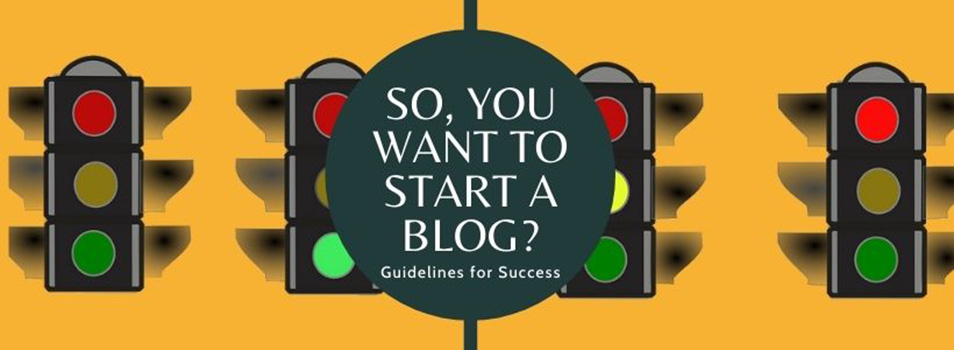Eliminating Your FAQ Page

by Nathan Skaggs
 Users expect to find the information they’re looking for when they visit your page. So why send them somewhere else like an FAQ page? The best way to give users the information they need is to include it on your page.
Users expect to find the information they’re looking for when they visit your page. So why send them somewhere else like an FAQ page? The best way to give users the information they need is to include it on your page.
If users are having a hard time finding an answer on your department’s webpage, it’s time to find out why and then make a change.
What’s the reason?
It’s important to know why your page doesn’t have the answers before we talk about how to fix the problem. This will give you a better understanding of the direction you’ll need to take when reworking your page.
So why aren’t you already answering your user’s questions?
- Is your page too complicated? Simplify it.
- Are the answers buried under content ROT? Clean it up.
- Does your page not even have the answer? It should.
Remember, your page is about the user. Make it easy for them to find what they’re looking for.
What to do instead
Most often FAQ pages answer the most basic questions that should already be answered on the page. I like the way web designer Christopher Mackay describes FAQs in his blog on Tantramar Interactive:
“What an FAQ page says to your visitors: “We could’ve answered your shipping question on the Shipping page, but it’s easier for us to put everything in one place; your convenience is a secondary consideration (if that).”
Put the shipping information on the shipping page. If the information doesn’t belong on that page, lead the user to the appropriate page by using well-organized and clearly labeled links in your navigation.
Makes sense, doesn’t it? Well, here are a couple of simple fixes you can make to your pages that will do exactly that and eliminate your need for an FAQ page.
Use headings
Users will scan your page to find the information important to them in that moment. Headings are a great way to organize information on your page.
A list of questions with answers can be hard to sift through. Don’t make the user dig for answers. Consider headings your neon sign that draws users to the information.
Headings should:
- Be descriptive of the content that follows
- Be short and to the point
- Help organize your information in a way that makes sense to the user
Organizing your pages into manageable sections will help the user find exactly what they’re looking for. They won’t have to search through blocks of text or pages of answers because you‘ve already done the work for them.
Use lists
Bulleted and numbered lists are a great way to organize the information within each section on your page. Lists can help keep your important information from getting buried under the text. Pair your list with a descriptive header or lead-in sentence. This will help the user find what they need with a quick glance at the page.
Let’s use this line for our example: “Now that you’re ready to apply, you need to fill out the application, create an introductory video, and then submit both online.”
There are three main steps listed in the above sentence, but your user won’t know that with a glance at the page.
Do something like this instead:
Steps To Apply (heading)
Now that you’re ready to apply, here’s what you need to do:
- Fill out the application
- Record an introductory video
- Submit your application and video
See how much clearer this is? The header tells the user exactly what information they’ll find in that section. A numbered list organizes it for easy reference. Immediately your user will know what the steps are without having to sort it for themselves.
An FAQ page is a last resort
Don’t rely on an FAQ page to do the job that your regular pages should be doing. However, there are cases when an FAQ page might be needed.
Complicated financial aid or admissions processes might benefit from an FAQ page. Still, you should briefly answer the questions on your main page before sending them to an FAQ page. And don’t forget to always link back to the corresponding page from the FAQ page.
Make the change
Remember, whichever page your user is on is your most important page. So treat it that way. By using headers and lists, you will be able to cover a wide range of information in a clear and concise way. And don’t forget to keep your pages up-to-date to avoid any unnecessary confusion. After you’ve made these simple changes your pages will be so organized you won’t need an FAQ page!


